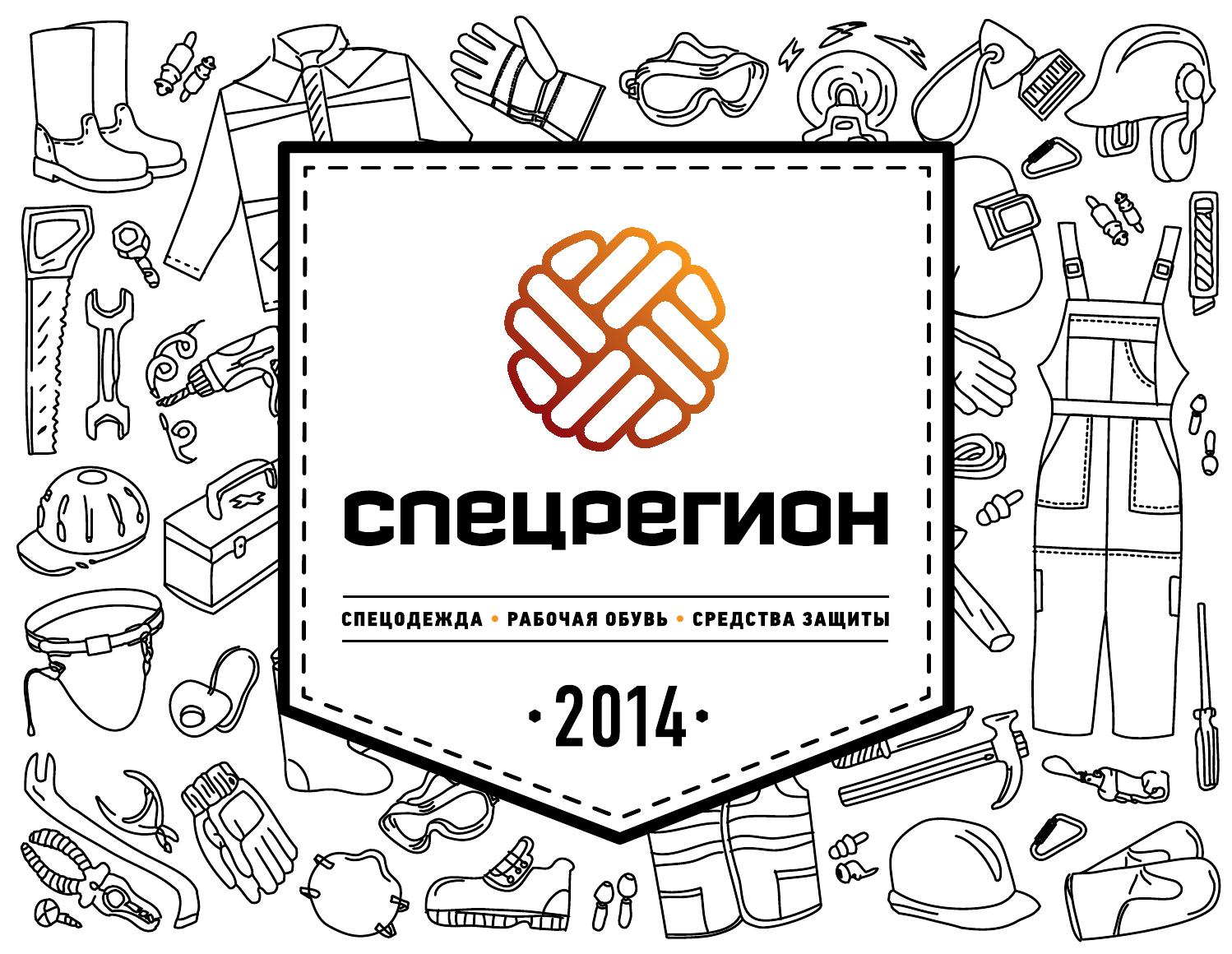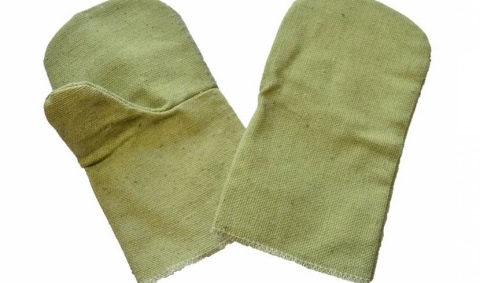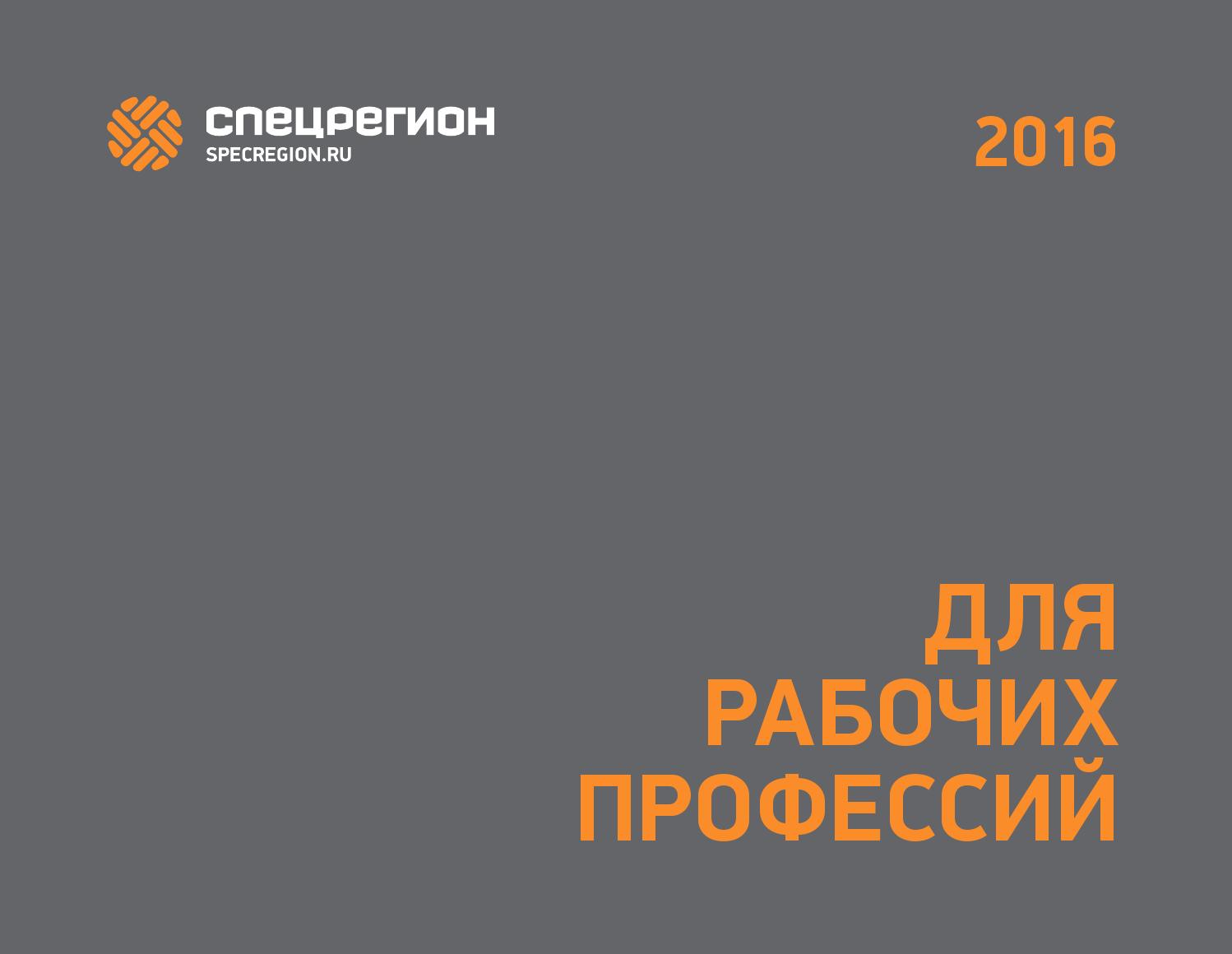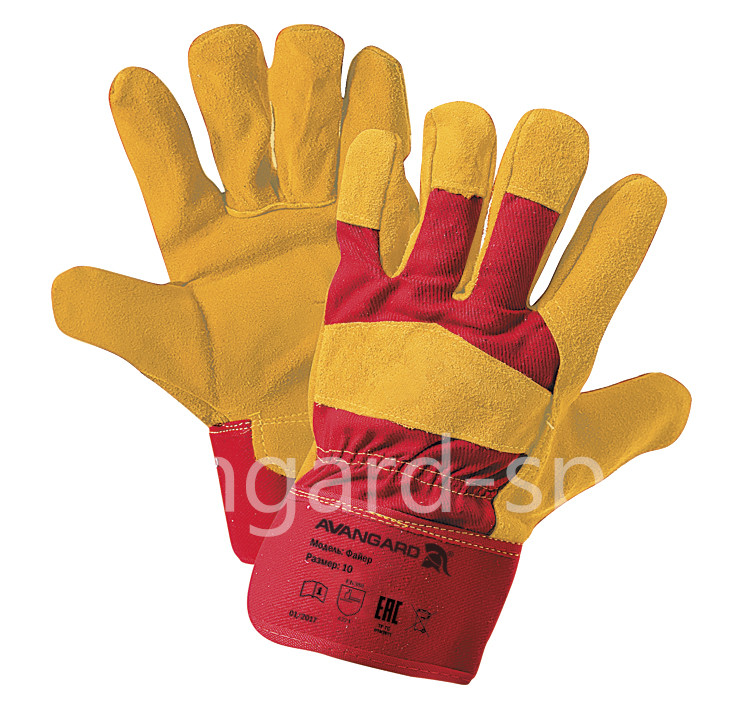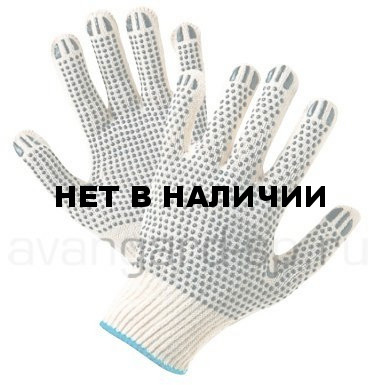Characteristic
Tarpaulin gloves are the best protection for a variety of tasks. Work gloves are an irreplaceable assistant when dealing with harmful substances, various contaminants or when working with increased stress. They are used in production, industry and economy. The gloves do not wear off and are easy to clean.
Tarpaulin is a dense canvas, which contains natural raw materials: jute, cotton or linen. During the manufacture, synthetic fibers are added, which significantly increases the wear resistance of the gloves. The density of the material varies between 300-900 g / m2. In production, gloves made of tarpaulin are sewn with a double seam and additionally trimmed at the edges.


Many products are impregnated with a special compound. This gives the material fireproof, water-repellent and anti-decay properties. The composition is absolutely hypoallergenic and does not cause irritation. The purpose of the mittens is as follows:
- protect the skin of the hands from burns, punctures, cuts, abrasion and other mechanical damage;
- protect from sparks and hot metal;
- protect against toxic substances, reagents, pollution and rot.
Due to the special impregnating composition, the product does not need to be washed. It is enough to clean the surface with a stiff brush to remove dirt. In case of severe contamination or damage, the gloves are disposed of. The service life of canvas gloves is up to 2 months. Thanks to their shape, the gloves can be worn over regular gloves. They are also capable of protecting from the cold. There are many types of gloves that are classified by season, number of fingers, and fabric. The most common types are worth familiarizing yourself with.

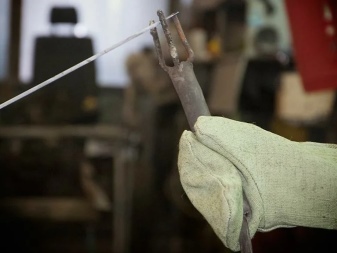
Description
Cloth mittens are products made of overcoat cloth, processed with reinforced thread on an overlock. The material of manufacture is distinguished by its special strength, density and durability. Due to its fire resistance, it is able to provide protection for hands from thermal burns. These products are developed according to GOST standards, they are versatile (the same for men and women) and are sold in pairs.
Products of the two-fingered format are sewn in large batches in production, and also made to order, sold at retail. The products are distinguished by a characteristic grayish shade, simplicity of cut and optimal length. They are moderately free and may differ in the version of manufacture, which determines their purpose.
Due to the naturalness of the material, the models do not harm the skin of the hands, do not provoke allergic reactions. They are optimally comfortable and comfortable to wear, provide for the mobility of the fingers. They are sewn together with a single seam from two parts.
Views
Cloth mittens are different. They differ in the quality of the material used, the method of production and additional processing. Based on this, on sale there are products with impregnation, tarpaulin covering, a combination of impregnation and coating. On sale you can find classic models, options with a double handheld, as well as insulated modifications that prevent getting "ice burns".
In addition, the assortment of some manufacturers (for example, the Russian brands Avantage Spetsodezhda and HARE) has options with an asbestos handheld. Their seams are processed with reinforced threads. The material of the handheld is overcoat cloth, the handheld itself is made of asbestos cloth. Such models are used by welders.
According to GOST 27542-87, greatcoat cloth should be used as the base of all gloves used to protect against sparks, scale, molten metal. According to GOST 27542-87, the overcoat cloth can be taken not only for the base, but also for the linings. According to GOST 16166-80, the material that protects hands from acid solutions of medium concentration is ShKhV-30 acid-proof cloth. PPE models used for protection against concentrated acids are made of woolen half-woolen acid-proof fabric with polypropylene.
According to GOST 12.4 010 75, personal protective equipment may differ in appearance. Some of them have a set-in tip, the main assortment is distinguished by a one-piece type of tip. In addition, the pad can be located on the side along the fold of the mitten. In some versions, there are 2 tips (for thumb and forefinger).
Styles can be standard and elongated with leggings that are pulled together at the wrist by means of an elastic band. The location of the linings in reinforced models can be set by the wishes of the consumer. The GOST prescribes 4 sizes of products (0, 1, 2, 3). The products themselves can be single-layer and not only. Models can have different markings (for example, OP-01, OP-02, OP KShchS). Their average weight is 105 g with a fairly high density.
Features of choice
When buying cloth mittens, you must take into account a number of specific rules. The gloves must meet a high level of protection for the wearer's hands. They must be fire resistant, durable, practical and durable. You cannot buy products with obvious defects (for example, punctures, tears, cuts, holes).
When choosing this or that option, you need to pay attention to the workmanship. The seams must be straight, extending at least 5 mm of fabric from the edge
Defects of a line (tightness, unstitched places) are excluded.
When buying, you need to pay attention to the type of textiles. High-quality products are made of overcoat cloth, rough to the touch
However, sometimes there are options on sale from a tailor's analogue. They are priced below classic models, although sometimes unscrupulous sellers try to sell them as high quality personal protective equipment.
In fact, the material is similar, but the quality of the dressmaker is noticeably inferior. Less often, stores can offer models made of thin woolen felt. They are not a substitute for woolen mittens and are not suitable for the job, let alone their performance.
When choosing a reinforced version, you should pay attention to its type. Couples made of refractory impregnated material have proven themselves well.
If only the palm part is made of it, it is worth taking a closer look. Sometimes manufacturers deceive consumers by using ordinary, untreated warp cloth instead of impregnated parts. As a rule, such a part stretches in length and width.
How to sew cloth mittens, see below.
Application area
Cloth mittens are used in conditions of increased likelihood of injury. They are irreplaceable in working with various equipment (for example, with a machine tool), in construction, in contact with chemical and hazardous substances. These products provide protection not only from mechanical, chemical or thermal injuries, but also from contact with the skin of poisonous solutions and harmful liquid substances.
Cloth mittens are used in metallurgy and welding, as well as in the manufacture of plastic products, ceramics and porcelain products. In addition, they are irreplaceable when carrying out loading and unloading operations in the winter season. They are part of the equipment for workers in the housing and communal services and agriculture.
Cloth mittens are necessary for specialists of different professions, they are also required for private individuals. They are used in the mining industry, they are needed by carpenters, steelmakers cannot do without them. They are also used in everyday life: they are kept in closets, car trunks, they are in sheds.They are needed when harvesting, carrying out various road works.

